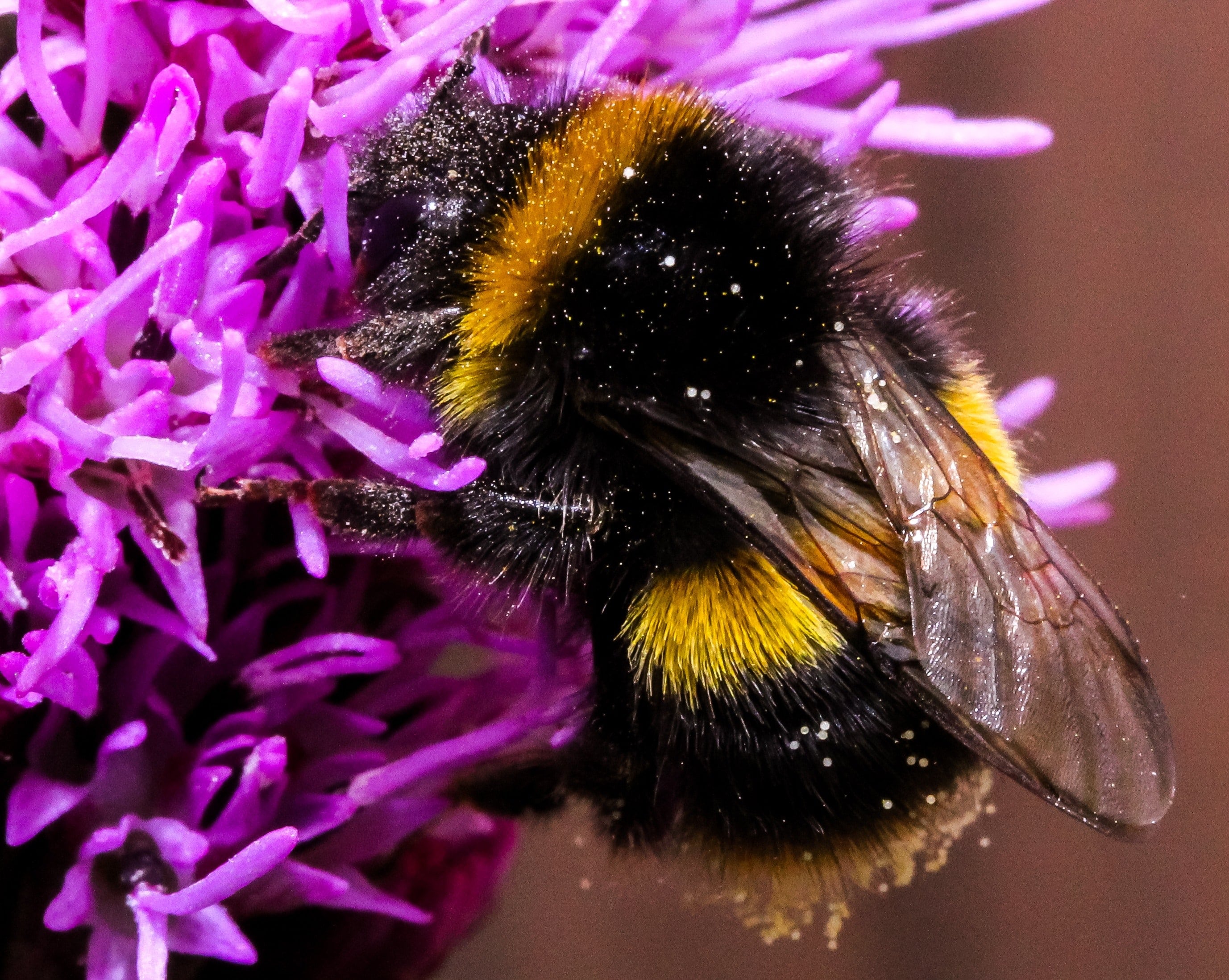How Carpet Cleaning Reduces Asthma and Allergies
The most common allergens that may trigger asthma, like pollen, pet dander, mold and dust mites, settle indoors unobstructed and make allergy sufferers’ day-to-day lives a real challenge. The microscopic antigens thrive on a variety of surfaces at home, such as carpets, upholstered furniture and heavy curtains. Or when there is nothing to trap them, the invisible airborne allergy culprits simply become part of the indoor air composition we breathe.
There are about 300 million people with asthma in the world, which translates into one in five households being affected by the condition. According to the experts, the prevention of allergen buildup at home and the avoidance of allergen exposure are the vital measures, a susceptible person should take, in order to alleviate his or her symptoms. Hence, this article will focus on the cleaning aspect of how to maintain effectively carpets allergen-free.

Cleaning steps to enjoy allergy-safe carpets
There are two bodies of supporters when it comes to asthma sufferers and the type of flooring they should choose for their home. This leads us to the never-ending battle between carpets and hard floors. We come across testimonials from asthmatic people who swear about the benefits of hardwood floors in relation to their health. Several studies, on the other hand, conclude that carpets, in effect, improve the indoor air quality by acting as a filter. Airborne particles and allergens are naturally trapped into the carpet fibers; thus, people are more likely to breathe contaminant-free air. As long as the cause for allergy is regularly removed through various cleaning techniques, carpeting at home will actually help a person with an allergic condition.
Vacuuming
Most people will vacuum their carpets at least once a week. But if you are asthmatic, you may consider doing it two to three times a week. Some allergy symptoms are exacerbated during particular seasons, for instance, when pollen count is high. If this is the case with you, then, it is advisable that you adjust the frequency of vacuuming accordingly.
A popular belief is that the use of vacuum cleaning machines with HEPA (high efficiency particulate air) filters helps eliminate more effectively common house allergens.
However, a note worth mentioning is that dust mites and pet hair are larger than .3 microns, which is the minimal size of particles that a HEPA vacuum cleaner is designed to retain. Hence, specialists emphasize that sufferers should not exclusively invest in a more expensive vacuum cleaning machine but focus on the regular and meticulous cleaning maintenance of their carpeted floorings.
Deep carpet cleaning
Carpet cleaning experts advise people to have their textile flooring professionally cleaned once or twice a year. And for folks who suffer from certain allergic conditions – even more frequently, if possible. Mold, pet dander, dust mites and pollen particles are successfully removed from carpets and other surfaces by applying innovative cleaning techniques.

Steam cleaning
It is proven that allergy symptoms are significantly reduced if carpets are cleaned by applying the hot water extraction method. It is important to point out, here, that rented steam cleaners are not as powerful as those used by professional carpet cleaning companies. DIY steam cleaning not only may be less efficient as it leaves a percentage of the allergens behind, but it can also promote mold buildup in the carpet underlay because the water is extracted less effectively.
Dry treatment
As a preventive measure, dry cleaning is the recommended deep carpet cleaning method for people who are specifically allergic to mold and mildew. There are several advanced dry-cleaning techniques, nowadays, which incorporate the use of hardly any moisture in the process. In comparison to the hot water extraction treatment, the carpet is left virtually dry after it has been bonnet cleaned. Dry-cleaning successfully preempts mold spores development and growth.
Other measures
People who have a severe allergic reaction to certain antigens take additional precautions by choosing the right type of carpet that is designed to alleviate their condition. The manufacturing industry has evolved significantly in recent years in that respect. There are different hypoallergenic or antimicrobial carpeting and padding on the market, which have a very low level of VOC and are easy to maintain and clean.
And let’s not forget that allergens can thrive on a variety of other surfaces throughout your home, hence, the importance of cleaning your upholstered furniture and mattress on a regular basis. Washing frequently your bedding, the curtains, any mats, cushion covers and throws will also reduce your allergy symptoms and will improve tremendously the quality of air you and your family breathe.
Original article written by Mold Blogger
